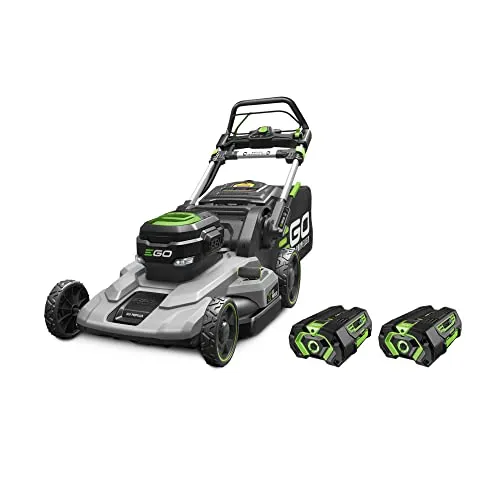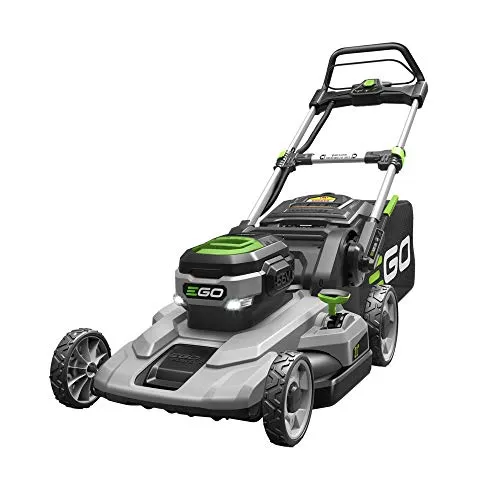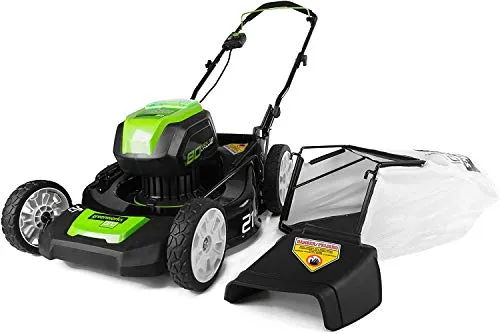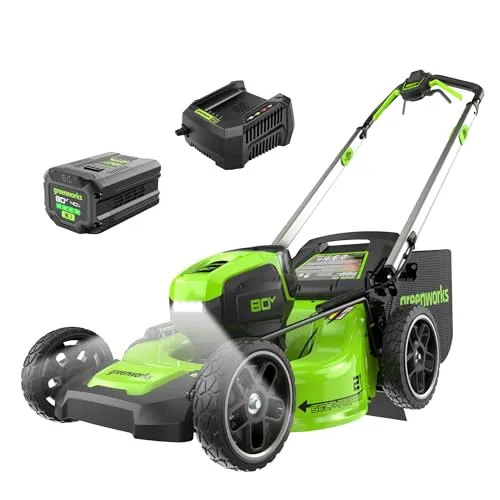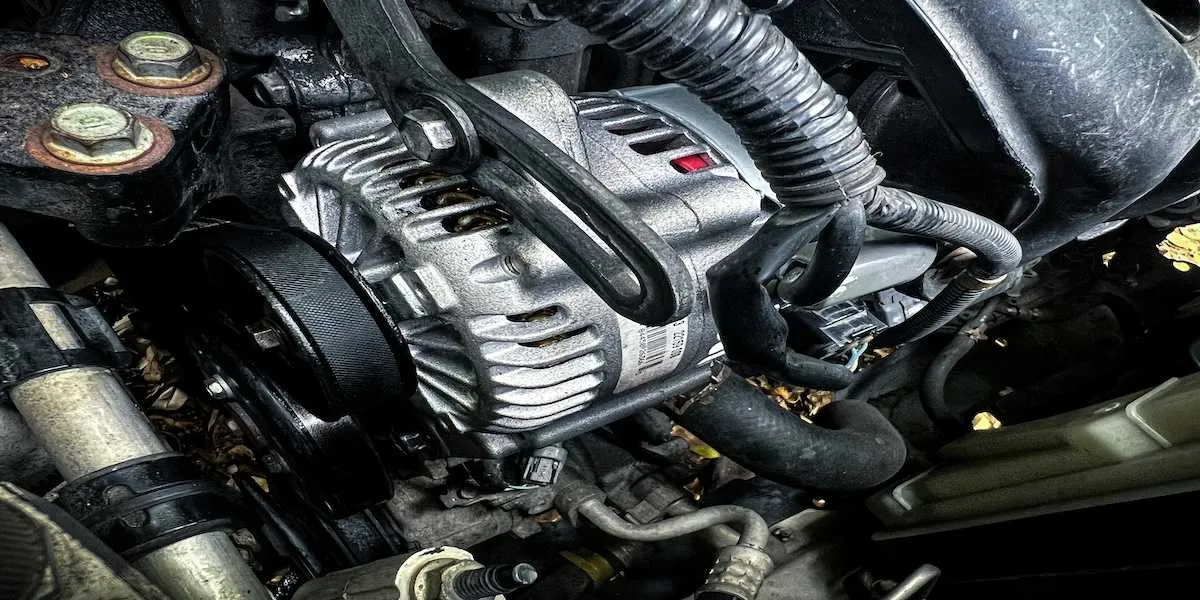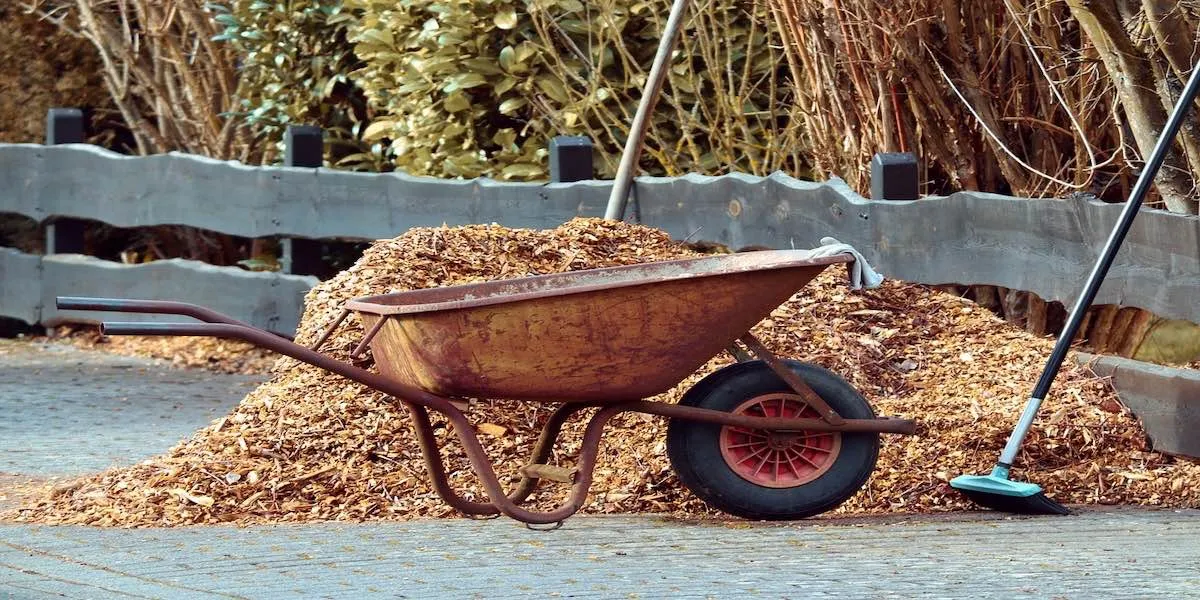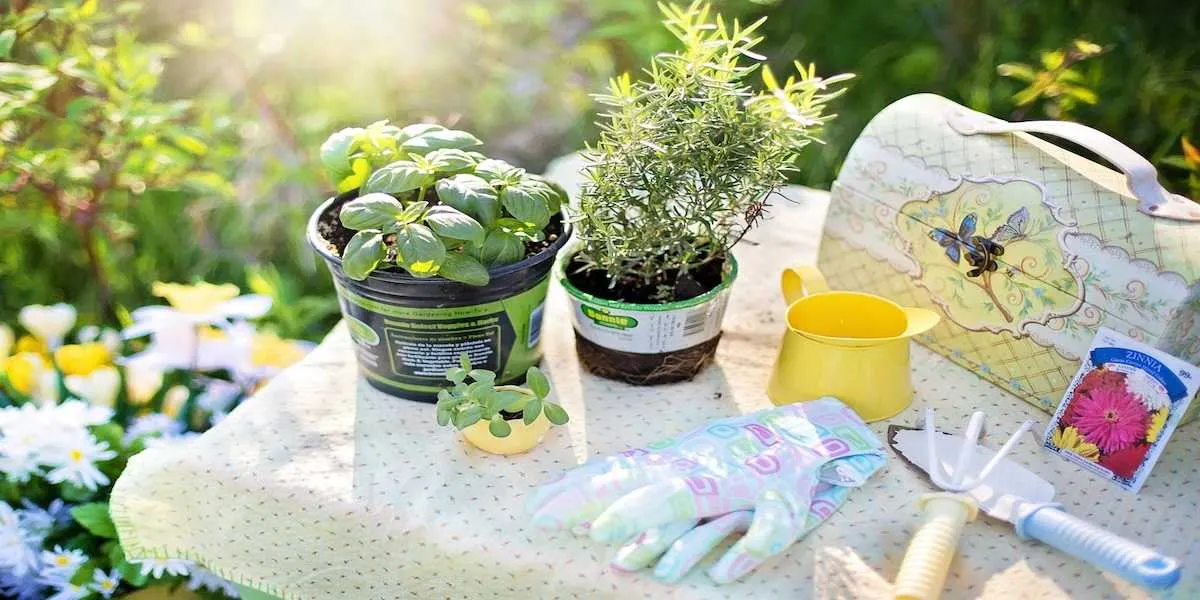How to Mow a Lawn and Other Useful Lawn Mowing Tips
Tools Official on May 8, 2024
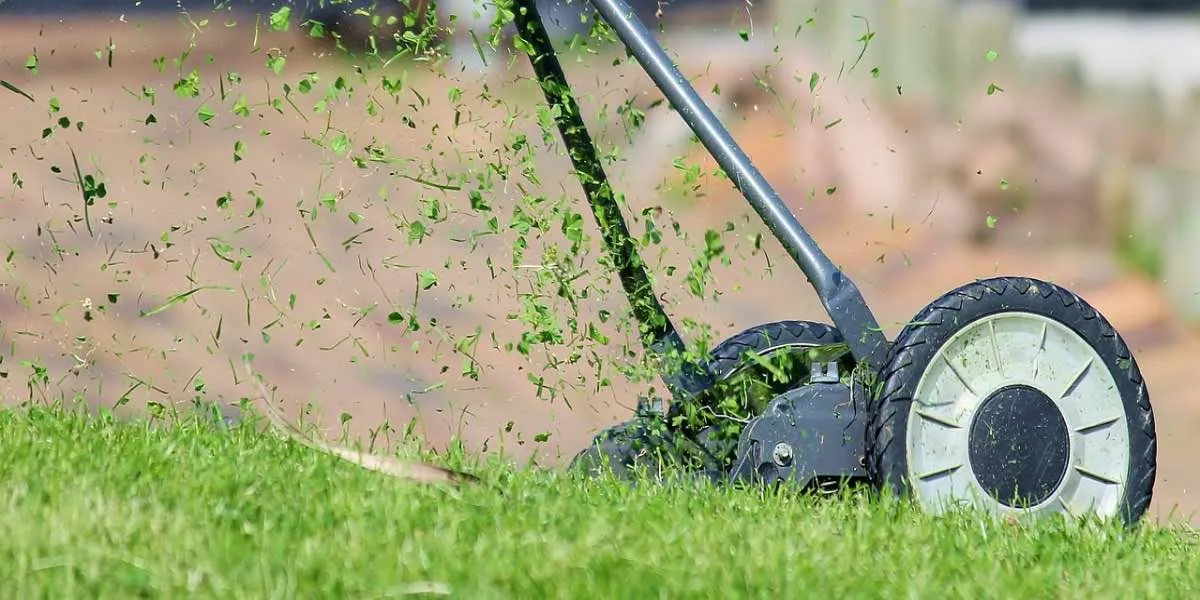
We earn affiliate commissions at no extra cost to you.
One of the most fundamental aspects of lawn care is mowing.
If you've never mowed a lawn before, you may feel overwhelmed by the prospect - especially if you're about to mow a sizeable lawn or an overgrown turf.
But don't worry. Tools Official is here to help you keep your lawn looking great.
From preparation to the mowing proper and other important tips, we've got you covered.
Why is it lawn mowing important?
Mowing isn't just about aesthetics or curb appeal. It's also essential for the overall health of your lawn. Mowing regularly encourages grass to grow thicker and stronger, promoting even growth. It prevents thatch buildup, allowing air, water, and nutrients to penetrate the soil more effectively. Mowing is also great for weed control and reducing the risks of pests.
Additionally, when you mow, you create a relaxing space for outdoor activities, adding value to your property and making a positive impression on your guests and passersby.
How do I mow a lawn?
Lawn mowing can seem pretty daunting for beginners, but it's not a gargantuan task that you won't ever hope to accomplish. Just follow the steps below and you'll find yourself easily mowing your lawn to perfection.
1. Prepare your lawn.
Before firing the lawn mower, prepare your lawn first. This will help ensure a seamless process and prevent any accidents down the line. Remove any sticks, debris, or stones that could damage the mower or become dangerous projectiles. If there are any toys or obstacles in the yard, move them somewhere safe.
2. Adjust your mowing height.
Different types of grass and varying weather conditions call for different mowing heights. Set the blade height on your mower according to the recommended level for your grass type. Warm-season grasses like Bermuda and Zoysia typically thrive with shorter cuts around 1 to 2 inches, while cool-season grasses like Kentucky bluegrass and Fescue prefer slightly longer blades around 2 to 3 inches long. But it's generally recommended not to remove more than 1/3 of the grass blade height.
3. Mow around the edges first.
Once you've adjusted your blade height, start by cutting the grass around the perimeter of your lawn to create a clean edge. This will help define the boundary of your yard and make it easier to maneuver the mower when tackling the main area.
4. Mow your lawn in straight line.
When it's time to mow the main section of your lawn, aim for straight lines. Slightly overlap each pass to prevent missed spots and achieve a uniform appearance. Avoid making sharp turns, as they can leave unsightly patches of uncut grass blades.
5. Clear up grass clippings.
After mowing, take a few moments to clear up grass clippings. Leave a layer of these clippings on your lawn so they can serve as mulch and help nourish the grass underneath, especially during very dry weather and drought. However, large clumps of clippings can smother the grass undeneath and promote thatch buildup. Bag these excess lawn clippings and put them in your compost pile or rake them so they can spread evenly across the lawn. You can also finely cut these clippings before putting them in the compost.
6. Tidy the edges.
Finally, give your lawn a polished look by tidying up the edges. Trim any overhanging grass along sidewalks, driveways, and flower beds to maintain clean lines. Blow grass clippings into the lawn to keep things tidy. A well-groomed edge can make all the difference in improving the appearance of your lawn.
How about mowing a slope?
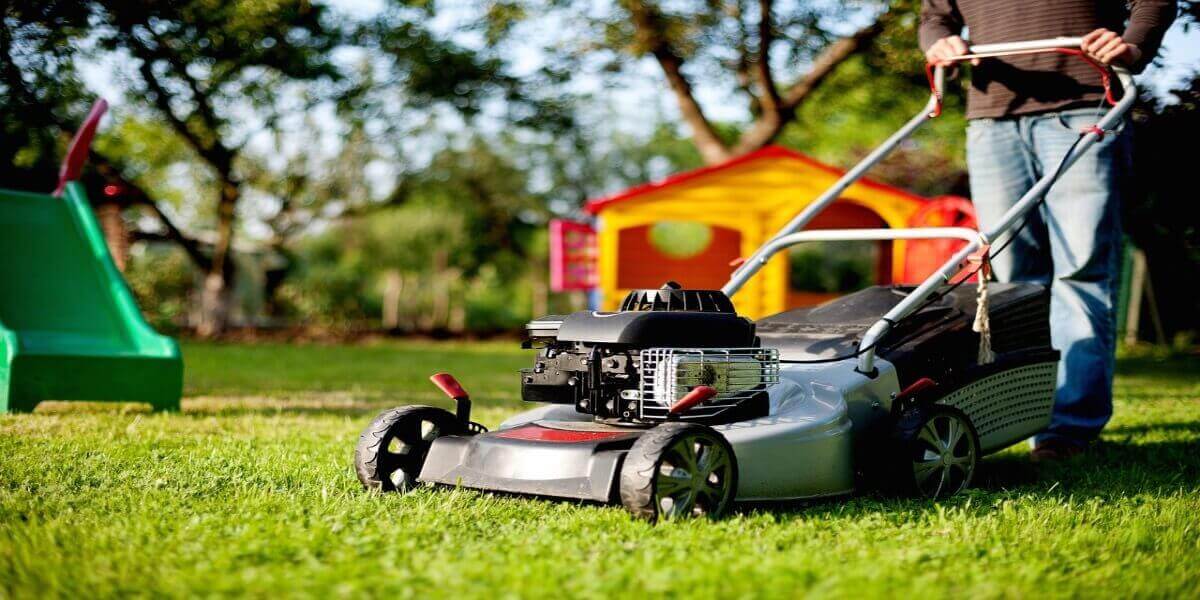 Mowing a slope can be more challenging than mowing a flat lawn. When you mow hilly areas, choose a mower with good traction. They should have flat bases and be equipped with rear-wheel drive, which offers better stability and grip.
Mowing a slope can be more challenging than mowing a flat lawn. When you mow hilly areas, choose a mower with good traction. They should have flat bases and be equipped with rear-wheel drive, which offers better stability and grip.
Do not mow up and down the slope. Instead, mow perpendicular to the base, maintaining a steady pace. The lateral movement ensures consistent blade contact with the grass surface, resulting in a uniform finish.
Also, mowing up and down the slope can make losing control of the mower easier and increase the likelihood of accidents. Remember not to make sudden speed and direction changes.
When should you mow your lawn?
Timing is crucial when you mow the lawn. One thing you have to keep in mind is not to mow on your own schedule, but based on your grass' growth rate. As a general rule, you should mow once a week.
Depending on the season and the type of grass on your lawn, the frequency of mowing can be more or less. In spring and fall, grasses grow more vigorously, necessitating more frequent mowing to maintain an optimal height. As summer rolls around, the heat intensifies and some grasses may enter a period of dormancy or slow growth. You may need to reduce the number of times you mow to prevent stress.
The best time to mow is in the morning or late afternoon when temperatures are cooler. Mowing when the sun's at its peak can put stress on your grass and increase the risk of damage. Also, avoid mowing new grass as this makes your lawn more susceptible to damage. Newly planted grass need time to recover and establish its roots.
Mowing Patterns
Mowing doesn't have to be restricted to a boring straight line. There are different patterns you can try to make the task more fun and transform your lawn into a creative landscape. You'll need a striping kit to make things easier.
1. Stripes

If you think about a well-manicured lawn you're probably thinking about perfectly straight stripes stretching across the yard. This classic pattern is achieved by mowing in parallel lines and alternating the direction with each pass.
2. Checkerboard

If you want to go beyond the traditional stripes but still maintain straight lines, consider creating a checkerboard pattern. To create checkerboard pattern, start by mowing the entire lawn in one direction, making sure to overlap each pass slightly. Then, mow perpendicular to your initial direction to create a grid-like pattern.
3. Circles

If you're looking for a more whimsical look, try to mow in circular patterns. It creates a dynamic and organic feel that's reminiscent of Zen gardens. To create a circular pattern, start from the center of your lawn and work your way outward in a spiral motion. As you mow each circle, overlap the previous one slightly to ensure an even coverage. The key is to maintain a consistent radius and spacing.
4. Zigzags

If you're that's looking for something more modern and unconventional, zigzag patterns can be great. Start by mowing straight lines from end to end. Then, mow diagonally across to the stripes you've just made. To make the zig-zag pattern, follow the straight line you made then turn once you see the intersecting diagonal line. Change direction with each pass to create the zigzag effect. Maintain a steady angle and spacing between rows to create a uniform look.
Which mower should I use?
With the huge number of lawn mower options on the market, choosing the right one can feel overwhelming. Here's a breakdown of how you can choose depending on your needs.
1. Push Mowers
If you have a small lawn and are looking for an environmentally-friendly option, a walk-behind or push lawn mower might be the best choice for you. This kind of mower relies on your physical effort to spin the blade, providing a quiet and energy-efficient way to maintain your grass. Push mowers, however, may struggle with dense grass and can be difficult to operate for individuals who are not very mobile.
2. Gas-powered Lawn Mower
For larger lawns with thicker grass, a gasoline-powered mower is a great choice. These mowers make short work of even the toughest turf, making the mowing process so much easier. Gas-powered mowers are also suitable for hilly lawns. The downside is that they are noisy and emit greenhouse gases and other pollutants.
3. Electric Lawn Mowers
For those who want the power of gas-powered mowers without the noise and emissions, electric mowers are a great alternative. Whether corded or cordless, these eco-friendly lawn mowers offer a convenient, powerful, and long-lasting solution to your lawn care problems. They are suitable for medium-sized lawns and provide reliable performance with minimal maintenance.
4. Riding Mowers
For individuals with sprawling lawns or mobility issues, a riding lawn mower provides convenience and efficiency. These larger machines allow you to sit comfortably while you navigate your lawn. You can make a quick work of your tasks, significantly reducing time and effort spent on lawn care. Take note, however, that riding mowers require more storage space and maintenance compared to other lawn mower types.
Useful Tips to Keep in Mind When Mowing

1. Use the right mower.
Selecting the appropriate mower is crucial in ensuring a seamless work. Consider factors such as lawn size and terrain. Whther it's a self-propelled mower or or a riding one, choose one that best fits your needs to make your tasks easier.
2. Wear protective clothes.
Safety should always be a priority. When you mow, make sure to wear appropriate clothing such as long-sleeves, closed-toe shoes, eye protection, and even ear mufflers to shield yourself and protect your eyes from wayward debris, pebbles, grass clipping, and loud noise.
3. Sharpen your mower blades regularly.
Dull mower blades result in uneven, ragged cuts that makes your grass more prone to diseases. Keep your mower blades sharp with regular sharpening and maintenance. If they're too old for blade sharpening, consider replacing your dull blades. Tune-up your mower for a smooth mowing experience.
4. Mow when the grass is dry.
Mowing wet grass makes the task more challenging and increases the risk of damaging your lawn and mower. Wet grass tend to clump together resulting in uneven cuts and potential clogging in your mower. Wait for the grass to dry after rain or dew before mowing.
5. Mow in different directions every mowing session.
Did you know that grasses grow in the direction you mow? Alternating your mowing pattern prevents soil compaction and encourages upright grass growth. Changing directions every mowing session also ensures a more even cut, reducing the risk of ruts in the lawn.
6. Pace yourself.
Mowing is physically demanding, so you may be tempted to finish the task as soon as possible. But it's better to take things slowly rather than risk injuring yourself. Take breaks as needed, stay hydrated, and avoid overexertion, especially on hot days.
To end
Mowing is a rewarding, albeit challenging task. Without regular mowing, you risk turning what should have been a lush green landscape into a weed patch.
If you've read this far ahead, I hope you learned something that can help you keep a healthy lawn. If you want to learn more lawn mowing tips, read our article on 15 Ways to Master Mowing Your Lawn without Breaking a Sweat.
Happy mowing!

